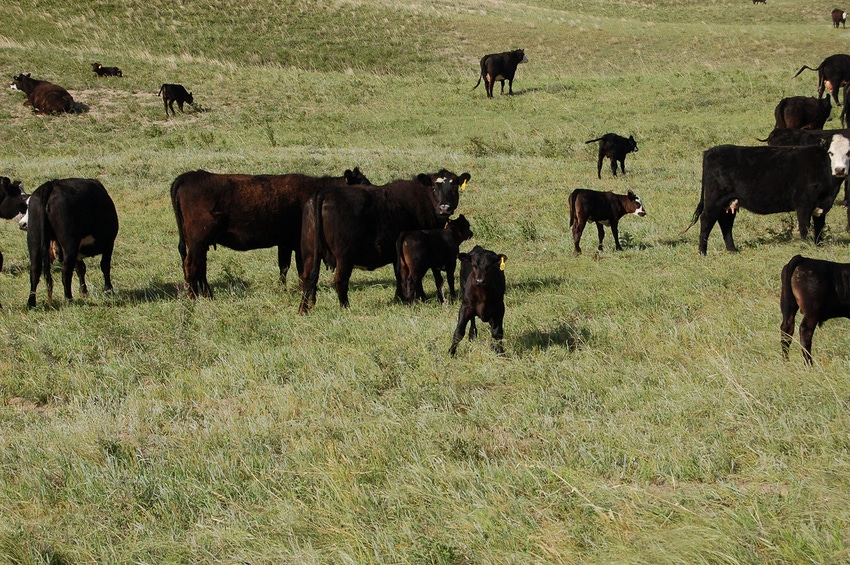March 23, 2015

Last year, farmers in 10 Appalachian counties took advantage of the Southern Ohio Appalachian Environmental Quality Incentives Program to create grazing plans aimed at improving pasture quality and protecting natural resources. This year, the U.S. Department of Agriculture's Natural Resources Conservation Service expanded the program to include 10 additional counties in the Appalachian region.
Eligible farmers in Adams, Athens, Gallia, Highland, Jackson, Lawrence, Meigs, Pike, Scioto, Vinton, Coshocton, Guernsey, Harrison, Jefferson, Morgan, Monroe, Muskingum, Noble, Perry, and Washington Counties can apply now for Southern Ohio Appalachian EQIP. All applicants must either have an existing grazing management plan or include developing a grazing management plan as part of their contract if they are selected for funding. Grazing management plans lay out which conservation practices to include in the plan and a schedule for implementing those practices over time, depending on the farmers' goals and the natural resource issues present.
In the rolling southern Appalachian region, grazing animals can cause erosion problems. Rotational grazing, moving grazing animals from one pasture to another, allows pastures to regrow, improving the quality of pasture forages while also protecting the soil from exposure and erosion due to overgrazing. Creating these separate grazing areas requires either fixed or portable fencing, which may be included in the EQIP contract. Access roads, water pipelines and storage tanks, stream crossings, and heavy use area protection are other conservation practices frequently included in grazing management plans. Southern Ohio Appalachian EQIP funds help successful applicants cover a part of the cost of implementing these and other conservation practices in grazing management plans.
Since southern Ohio drains to the Mississippi River, soil erosion can affect water quality not only in Ohio's lakes and rivers, but in places as far away as the Gulf of Mexico. The conservation practices offered through the Southern Ohio Appalachian EQIP help prevent this from happening, while creating healthier soil, forages, and livestock right here in Ohio.
Applications for EQIP submitted by entities, such as groups applying as a corporation, must have a Data Universal Numbering System number and an active System for Award Management registration status when applying, a process that may take several weeks. Applications cannot be processed without this information. Information on obtaining a DUNS number and registering with SAM is posted at www.nrcs.usda.gov/programs/farmbill.
Farmers with land in the 20-county Southern Appalachian EQIP area should make an appointment with the local NRCS conservationist to start the application process. A list of county office telephone numbers is available on-line at http://www.nrcs.usda.gov/wps/portal/nrcs/main/oh/contact/local/.
To receive consideration for funding this year, apply by April 17, 2015.
Learn more about NRCS programs and services to conserve Ohio's natural resources at www.oh.nrcs.usda.gov.
Source: NRCS
About the Author(s)
You May Also Like




